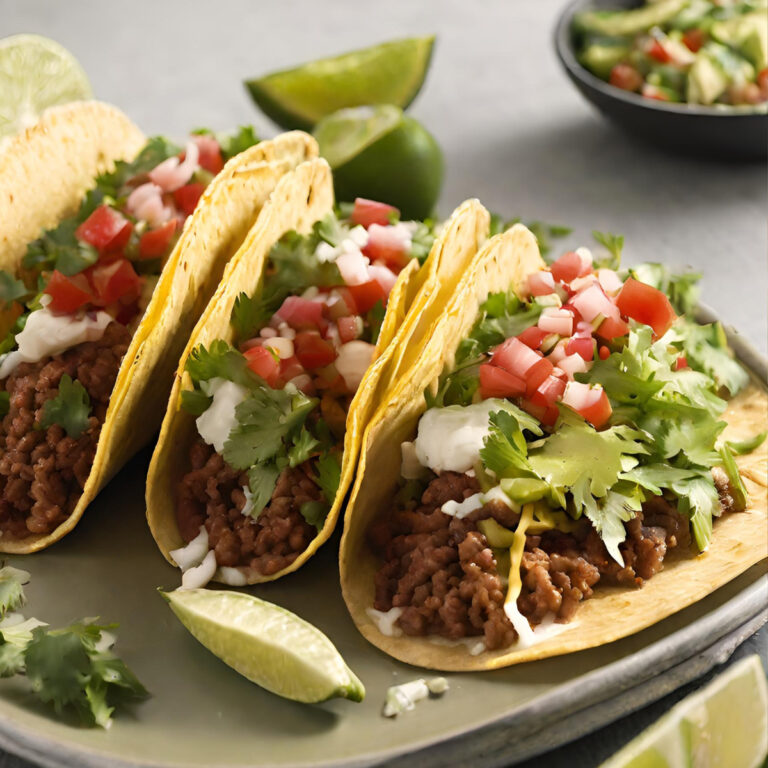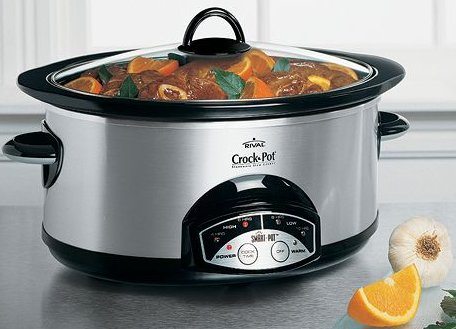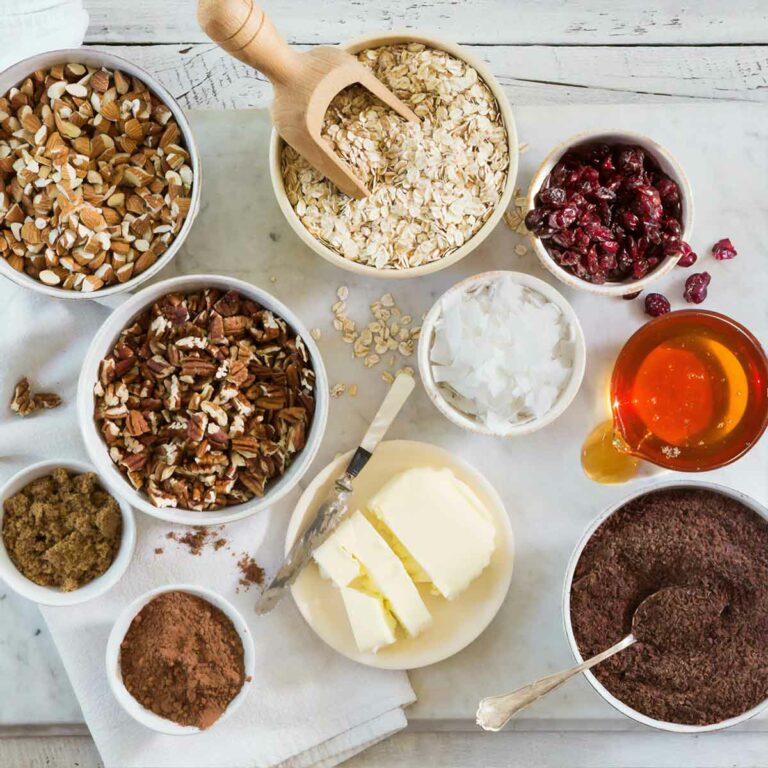How to Melt Chocolate – Your Guide to Perfectly Smooth Chocolate: Chocolate – the word itself evokes pure indulgence. But what about when your chocolate dreams turn into a grainy, clumpy mess? Fear not, baking enthusiasts! This article is your key to unlocking the secrets of perfectly melted chocolate.
We’ll delve into three foolproof methods:
- The Gentle Touch: The Double Boiler Method – Learn the safest and most controlled way to melt chocolate, perfect for beginners.
- Speed Demon: The Microwave Method – Discover the quickest method for melting chocolate, complete with tips to avoid overheating and scorching.
- For the Daring: The Direct Heat Method (best for experienced cooks) – Master the art of melting chocolate directly on the stovetop, with expert guidance to prevent burning.
Bonus! We’ll also share pro tips on choosing the right chocolate, dealing with common melting mishaps, and achieving the perfect consistency for dipping, drizzling, or baking.
So, ditch the frustration and get ready to transform your chocolate creations from disaster to delicious! Dive into this article and discover the secrets to smooth, melty chocolate perfection.
Selecting the Perfect Chocolate for Your Needs
Melted chocolate is the foundation for countless culinary delights, from decadent desserts to delightful dips. But not all chocolate is created equal when it comes to melting. Here’s your guide to selecting the perfect chocolate for your next melty masterpiece:
Cocoa Butter Content is King:
The key to smooth, even melting lies in cocoa butter content. This fat component helps the chocolate achieve a desirable flow and texture. Here’s a breakdown:
- High Cocoa Butter (60% or more): Ideal for melting! These chocolates, often labeled “couverture” or “cocoa perugina,” melt beautifully and offer a rich, luxurious taste.
- Medium Cocoa Butter (30-50%): These semisweet and bittersweet chocolates can also melt well, but may require a little more care and technique to avoid seizing (becoming thick and grainy).
- Low Cocoa Butter (less than 30%): Milk chocolate and baking chocolate typically fall into this category. They contain more milk solids and less cocoa butter, making them better suited for baking applications where melting isn’t the primary concern.
Chocolate Chips vs. Bars:
- Chocolate Chips: Convenient and readily available, but they may contain stabilizers that can affect melting consistency. Opt for high-quality chocolate chips specifically designed for melting.
- Chocolate Bars: Offer more variety in cocoa butter content and flavor profiles. Look for bars labeled for melting or couverture chocolates.
Chocolate Candy Bars: While tempting, these are not ideal for melting. They often contain additional ingredients like waxes and fillers that can lead to a greasy texture and difficulty melting.
Special Considerations:
- White Chocolate: Technically not chocolate, but it melts beautifully. Look for white chocolate with a high cocoa butter content for best results.
- Vegan Chocolate: Many vegan chocolates use alternative fats like coconut oil. While they can melt, the texture and taste may differ from traditional chocolate. Experiment to find a brand you like for melting.
Remember: The best chocolate for melting is the one that suits your taste and application. Consider the desired flavor profile, the level of sweetness, and the melting properties before you buy.
Fixing Common Chocolate Melting Mistakes
Melting chocolate seems straightforward, but even the most seasoned bakers can encounter setbacks. Fear not! Here’s a guide to common chocolate melting mishaps and how to salvage your delicious dreams:
Grainy or Seized Chocolate:
- Cause: Overheating is the culprit. Chocolate has a delicate temper, and excessive heat causes the cocoa butter to separate from the cocoa solids, resulting in a thick, grainy texture.
- Fix: Unfortunately, severely seized chocolate is difficult to recover. However, if it’s mildly seized, you can try the following:
- Temper the Chocolate (for experienced bakers only): This involves carefully raising and lowering the temperature to create a stable chocolate structure.
- Add a Little Fat: A tablespoon of warm milk, cream, or unsalted butter can sometimes help smooth out the texture. Stir constantly and incorporate slowly to avoid further separation.
Chocolate Won’t Melt Smoothly:
- Cause: Low-quality chocolate or using the wrong type of chocolate (like milk chocolate) can lead to uneven melting.
- Fix: If possible, start over with a higher-quality chocolate with a higher cocoa butter content (at least 60%). If not, adding a tablespoon of warm oil (like vegetable or coconut oil) can sometimes help improve the flow.
Chocolate is Burnt:
- Cause: Overheating is the enemy again! Once chocolate burns, there’s no saving it.
- Fix: Unfortunately, burnt chocolate has an unpleasant taste and texture. Discard the burnt chocolate and start fresh with a new batch.
Preventing Mishaps:
- Use the right chocolate: Opt for high-quality chocolate with at least 60% cocoa butter content.
- Low and slow is the way to go: Use the lowest heat setting possible, regardless of the melting method.
- Patience is key: Don’t rush the process. Stir frequently and remove the chocolate from heat just before it’s completely melted, relying on residual heat to finish the job.
- Invest in a good thermometer (optional): This can help you monitor the temperature precisely and avoid overheating.
By understanding these common mishaps and their solutions, you can transform your chocolate melting adventures from frustration to melty masterpieces!
Mastering Melted Chocolate for Dipping, Drizzling, and Baking
Melted chocolate is a culinary chameleon, transforming into dips, drizzles, and baking delights. But achieving the perfect consistency for each application is key to success. Here’s your guide to unlocking the melty chocolate secrets for all your baking desires:
Dipping:
- Desired Consistency: Think smooth, pourable, and relatively thick. The chocolate should coat objects easily without being runny.
- Ideal Chocolate: Opt for chocolate with a cocoa butter content of at least 60%.
- Melting Technique: Any method (double boiler, microwave, or direct heat) can work, but be mindful of overheating.
Tips:
- Temperature: Aim for a temperature between 80°F (27°C) and 88°F (31°C). A thermometer can be helpful, but if not, remove the chocolate from heat just before it’s completely melted, relying on residual heat to finish the job.
- Thinning: If the chocolate seems too thick, add a teaspoon of warm vegetable oil or melted butter at a time, stirring constantly, until you reach the desired consistency.
Drizzling:
- Desired Consistency: Slightly thinner than dipping chocolate. It should flow easily from a spoon or piping bag but still hold its shape when drizzled.
- Ideal Chocolate: Similar to dipping, use chocolate with at least 60% cocoa butter content.
- Melting Technique: Any method can work, but the double boiler offers the most control.
Tips:
- Temperature: Aim for a temperature between 82°F (28°C) and 86°F (30°C).
- Thinning: If needed, use a teaspoon of warm cream or milk at a time, stirring constantly, to achieve the desired flow.
Baking:
- Desired Consistency: Melted but not too fluid. You want it to incorporate well with other ingredients without making the batter runny.
- Ideal Chocolate: Here, you have more flexibility. Semisweet chocolate (around 50% cocoa butter) or baking chocolate (less than 30% cocoa butter) can work well.
- Melting Technique: The double boiler method is recommended for even melting and preventing scorching.
Tips:
- Temperature: Follow the specific instructions in your recipe. Generally, aiming for a temperature between 105°F (40°C) and 115°F (46°C) is a good starting point.
- Chopping Matters: Chop your chocolate into small, even pieces for faster and more even melting.
Remember: Consistency is key, but it’s not an exact science. Experiment and find what works best for you and your recipe. With a little practice and these helpful tips, you’ll be a melty chocolate maestro in no time!
Choose Your Chocolate Melting Method
There are three main methods to melt chocolate: using a double boiler, using the microwave, and using a direct heat method (on the stovetop). Here’s a breakdown of each method:
Double Boiler Method (Safest and Most Controlled):
- Gather your tools: You’ll need a saucepan, a heat-resistant bowl that can fit snugly on top of the saucepan without touching the water, and a spoon or spatula.
- Fill the saucepan with water: Pour a couple of inches of water into the saucepan.
- Heat the water: Bring the water to a simmer over medium heat. Important: The water shouldn’t boil rapidly, as this can scorch the chocolate.
- Place the chocolate in the bowl: Add your chopped chocolate or chocolate chips to the heat-resistant bowl.
- Melt the chocolate: Place the bowl on top of the saucepan, ensuring the bottom of the bowl doesn’t touch the water. Stir the chocolate constantly until it’s smooth and melted.
- Remove from heat: Once melted, take the bowl off the saucepan. You can keep the melted chocolate warm by placing the bowl back on top of the saucepan (with the heat turned off) for a short period.
Microwave Method (Fastest but Requires Attention):
- Gather your tools: You’ll need a microwave-safe bowl and a spoon or spatula.
- Chop the chocolate: For even melting, chop your chocolate or chocolate chips into smaller pieces.
- Microwave in short bursts: Place the chocolate in the microwave-safe bowl and heat on medium power (50%) for 30 seconds at a time. Important: After each burst, take out the bowl and stir the chocolate well. This helps distribute the heat evenly and prevents scorching.
- Continue heating: Repeat the 30-second bursts with stirring in between until the chocolate is almost completely melted. There may be a few unmelted chocolate pieces; that’s okay.
- Residual heat: Once almost melted, remove the chocolate from the microwave and continue stirring. The residual heat will melt the remaining chocolate pieces.
Direct Heat Method (Risky, for Experienced Cooks):
- Gather your tools: You’ll need a saucepan, a heat-resistant bowl, and a spoon or spatula.
- Use low heat: Set your stovetop to the lowest heat setting.
- Place the chocolate in the bowl: Add your chopped chocolate or chocolate chips to the heat-resistant bowl.
- Melt slowly: Place the bowl over the low heat, constantly stirring the chocolate. Be very careful not to let the bottom of the bowl touch the hot pan directly, as this can easily scorch the chocolate.
- Remove from heat: Once melted, take the bowl off the heat immediately.
Tips:
- Use high-quality chocolate: For the best results, use chocolate with at least 60% cocoa butter content.
- Don’t overheat: Chocolate can seize up (become thick and grainy) if overheated. Be patient and use low heat with any method.
- Adding cream or butter: If your melted chocolate seems too thick, you can add a tablespoon of heavy cream or unsalted butter at a time, stirring constantly, to thin it out.
No matter which method you choose, remember to be patient and stir frequently for even melting and delicious results!






